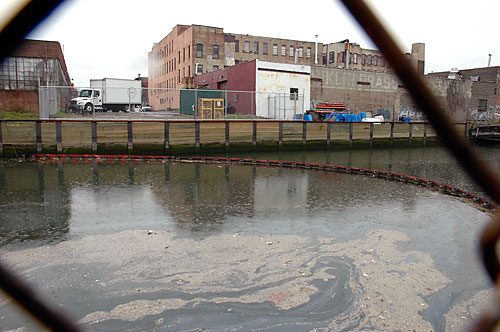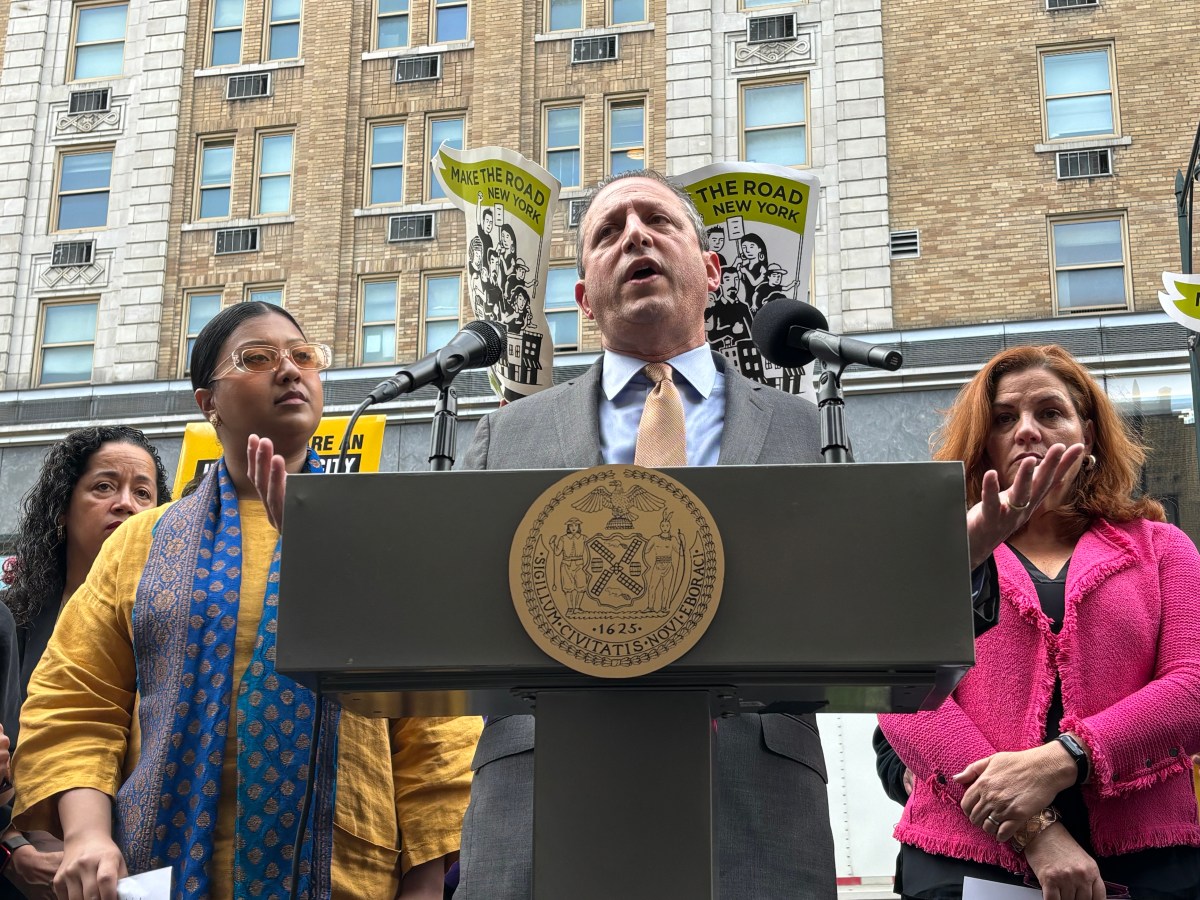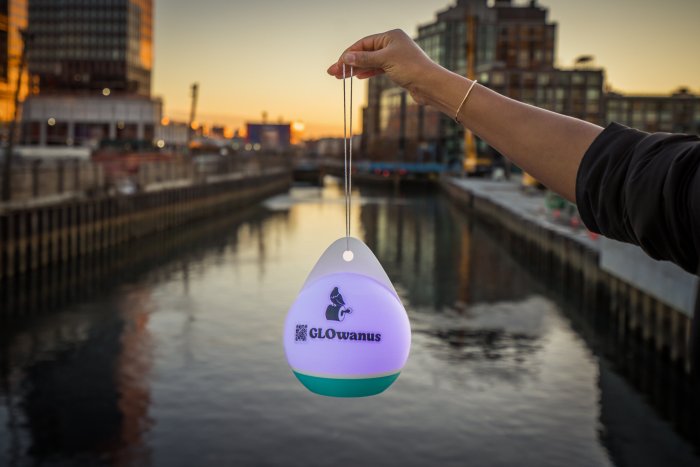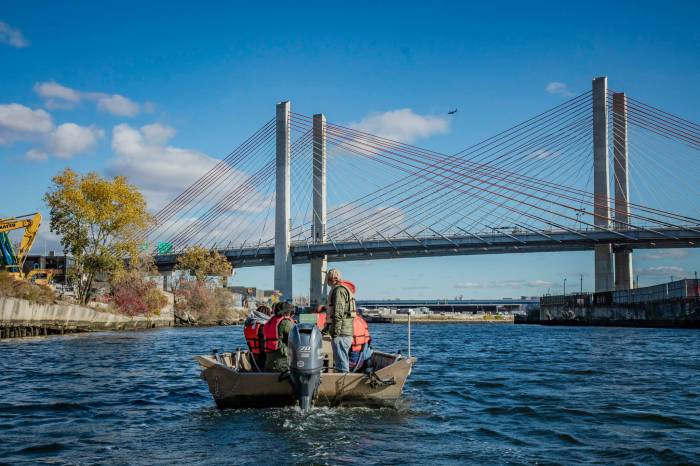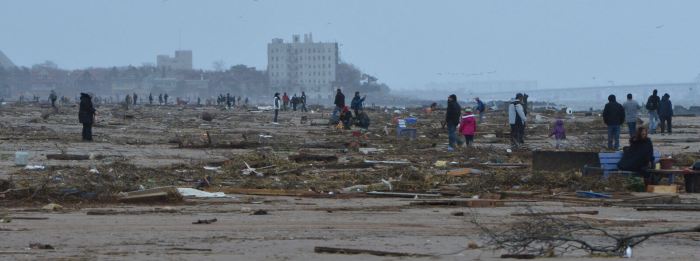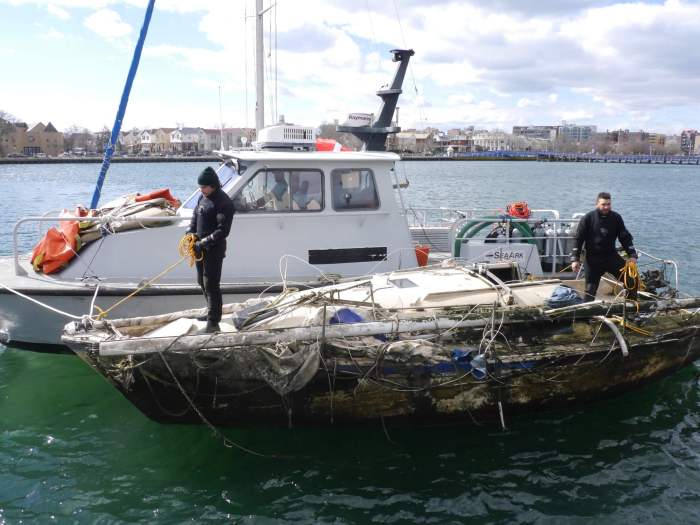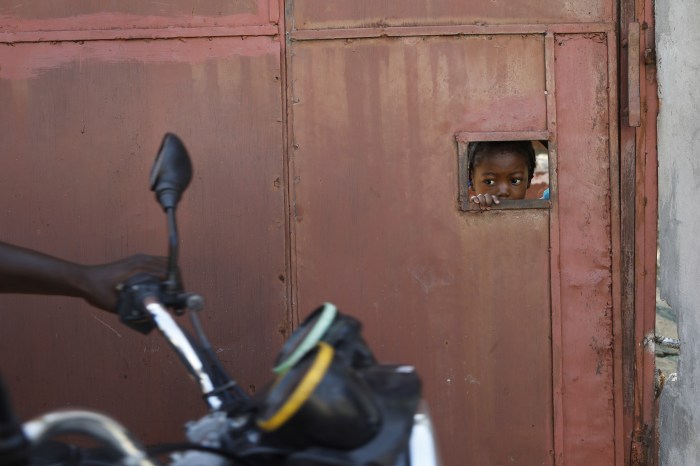The Gowanus Canal will remain filthy even after a costly federal cleanup so long as the city continues to allow raw sewage to spew into the polluted waterway, local watchdogs and the Environmental Protection Agency allege.
The feds plan to dredge the Gowanus to clear out decades of industrial pollutants, but Washington officials claim their expensive plan won’t amount to much unless the city upgrades the area’s aging sewer system, which is overwhelmed during heavy rainstorms — resulting in the discharge of human waste into the putrid waterway.
“There’s no real point of dredging if you don’t get at the sources of contamination,” said EPA spokesman Elias Rodriguez.
As a part of a Superfund project intended to scrape toxic sludge from the bottom of the canal, the federal government can’t force the city to stop the so-called combined sewer overflow, which dumps more than 45 million gallons of household sewage into the 1.8-mile canal each year, based on city estimates.
Washington authorities have used federal clean water regulations to require the Bloomberg administration to launch a $180-million upgrade of nearby sewers in an attempt to reduce the ghastly effluvium by a projected 34 percent — but environmentalists say that isn’t enough.
“We have to stop treating the Gowanus Canal like a sewer,” said Gary Reilly, the chairman of Community Board Six’s Environmental Committee.
The EPA has asked the city to contribute more to the sewer overhaul.
City officials confirmed they have been in discussions with the feds, but say they are meeting their environmental obligations, blaming manufactured gas plants for most of the pollution.
“The evidence clearly indicates that the primary sources [of contamination] are the former industrial plants on the canal, and not ongoing sewer overflows,” Farrell Sklerov, a spokesman for the Department of Environmental Protection, said in a statement.
The EPA’s 2011 report on the contaminants in the Gowanus suggests otherwise. The study found that the combined sewer overflow, or CSO, contained high levels of toxic chemicals, metals and even pesticides. The smelly discharge is one of the leading causes of pollution in the canal, resulting in “unacceptable ecological and human health risks,” the report found.
That study is a smoking gun for environmentalists, who question the city’s commitment to cleaning the canal.
“The city’s plan to reduce CSOs is really insignificant,” said Marlene Donnelly, a member of Friends and Residents of Greater Gowanus. “[Under the current plan] we’ll see effervescent sewage gas bubbling up as we always have.”
Last week the EPA released a study outlining two possible options for its Superfund cleanup of the Gowanus. Both call for removing sediment loaded with coal tar, mercury, lead, and other chemicals from the bottom of the 150-year-old industrial waterway by dredging five to 10 feet of the muck, then capping the native soil beneath with a protective layer of sand, clay and gravel — a process expected to start in 2016 and cost between $351-456 million.
Under Superfund law, polluters must pick up the tab.
The feds have tapped 24 property owners whose land contaminated the canal to foot the bill, including National Grid, Verizon and the city.
Reach reporter Daniel Bush at dbush@cnglocal.com or by calling (718) 260-8310. Follow him at twitter.com/dan_bush.


